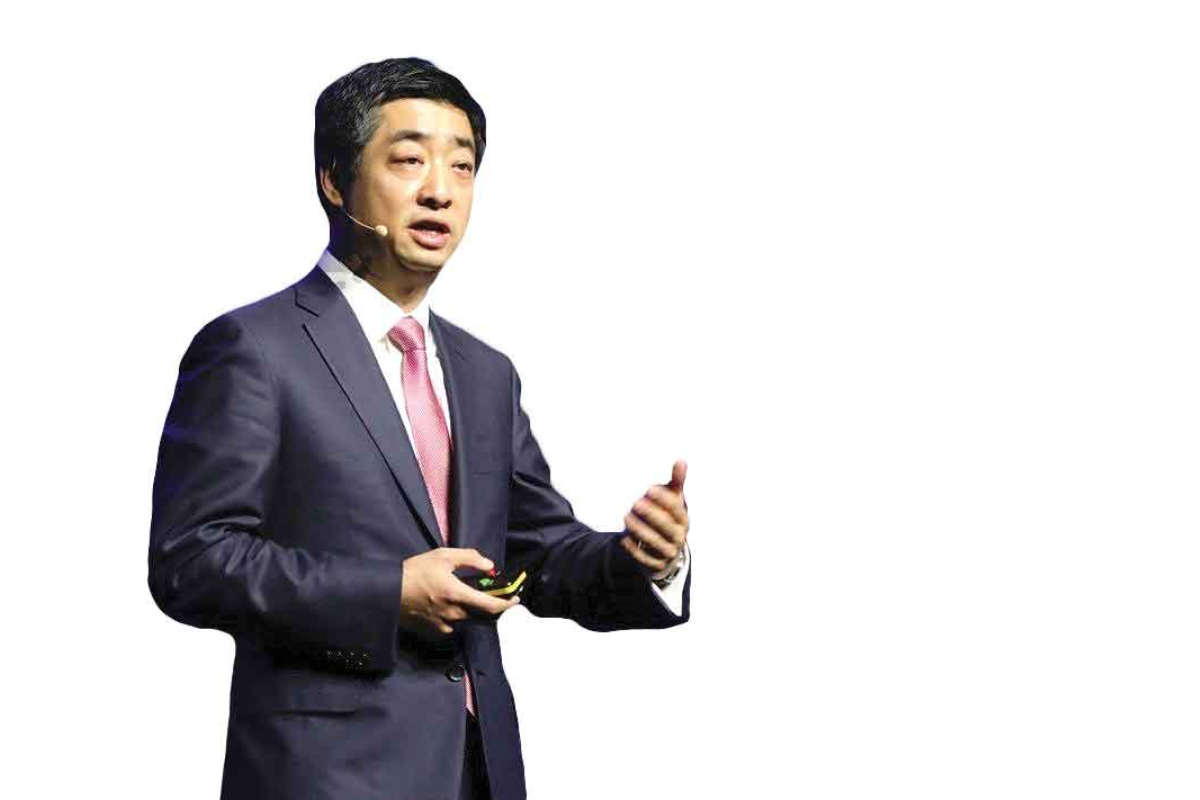5G leads the stride
-
30th Oct, 2022. 09:37 am

5G leads the stride
The Global Mobile Broadband Forum 2022 hosted by Huawei and organised together with its industry partners GSMA and GTI started on October 25, 2022, a statement said.
The annual event gathers mobile network carriers, vertical industry leaders and ecosystem partners from around the world to discuss how to make 5G a commercial success, as well as, other high-priority industry topics such as green development, intelligence and 5G evolution.
Huawei Rotating Chairman and keynote speaker at the event Ken Hu said: “5G has grown faster than any previous generation of mobile technology. In just three years, we have seen solid progress in network deployment, consumer services and industry applications.”
“5G is in the fast lane,” he said, adding: “And we should all be proud of the progress we have made. But there is more we can do to maximise its value. We need to work together to fully unleash the power of 5G networks and expand into services such as cloud and system integration. Together, we can drive leapfrog development in 5G networks, applications and the industry, as a whole.”
As of October 2022, more than 230 carriers around the world have launched commercial 5G services. In total, the industry has set up over three million 5G base stations, serving more than 700 million subscribers.
In telecoms, the consumer services still account for the bulk of carrier revenue. As 5G becomes more prevalent, its vastly superior experience is driving new shifts in the consumer behaviour, including a sharp rise in high-definition video traffic.
New mobile applications that take advantage of 5G’s greater speeds and lower latency have doubled average user data consumption (DOU) and are increasing average revenue per user (ARPU) by 20 to 40 per cent, contributing to a steady growth in the carrier revenue from connectivity.
At the same time, B2B 5G applications are also becoming a new engine for carrier revenue growth, producing considerable value in industries such as oil and gas, manufacturing and transportation.
These applications are not only innovative — they are generating real commercial value for the carriers. In 2021, for example, Chinese carriers brought in over $500 million in new revenues from more than 3,000 industrial 5G projects. What’s more, these projects also generated 10 times that amount from related data and integrated ICT services.
The B2B 5G applications are poised to become the fastest growing revenue stream for the carriers. 5G is enabling new service scenarios, applications and business models, paving the way for an unprecedented growth opportunities in the industry.
To seize these opportunities, Hu said: “There are a few things we need to do; building out networks for better user experience, driving the development of 5.5G and service innovation to maximise the 5G value.”
To push 5G to the next level, Huawei worked with the carriers and industry partners to propose four features for 5.5G, the next evolution of 5G technology: 10Gbps downlink, 1Gbps uplink, support for 100 billion connections and native intelligence.
Industry digitalisation is the next wave of global economic development. As a key enabler of digital transformation, 5G opens up a world of new opportunities. But the ICT ecosystem needs to work together to make the most of them.
“If we work together, we can drive leapfrog development in 5G networks, applications and the industry, as a whole,” Hu concluded.
James Chen, president of the Global Sales Department of Huawei Carrier BG, delivered the speech entitled “Making Strides Towards 5G Success”.
Chen described how 5G is driving the industry development in many aspects. Compared with 4G, 5G networks are 10 times faster, delivering speeds greater than 1Gbps. The 5G users also consume two times more data than 4G users — more than 20GB/month — and that amount is expected to keep growing. This creates huge opportunities for the carriers in three areas: user experience, IoT and industrial digitalisation.
Despite these opportunities, 5G rollout is still inconsistent across different countries. Right now, its coverage is only available for 29 per cent of the global population — much lower than 4G, which covers 92 per cent.
According to Chen, to fully unlock the value of 5G and make it a commercial success, it is necessary to accelerate 5G network deployment and make the most of “every band, every hertz and every watt”.
“5G is changing the mobile landscape but this is just the beginning. Huawei will continue to innovate in technologies to maximise the value of each band, hertz, and watt, help global customers build 5G networks with the best experience, optimal energy efficiency and highest efficiency and continuously create value for the customers. Together, we can make 5G a commercial success,” he concluded.
Catch all the Business News, Breaking News Event and Latest News Updates on The BOL News
Download The BOL News App to get the Daily News Update & Live News.